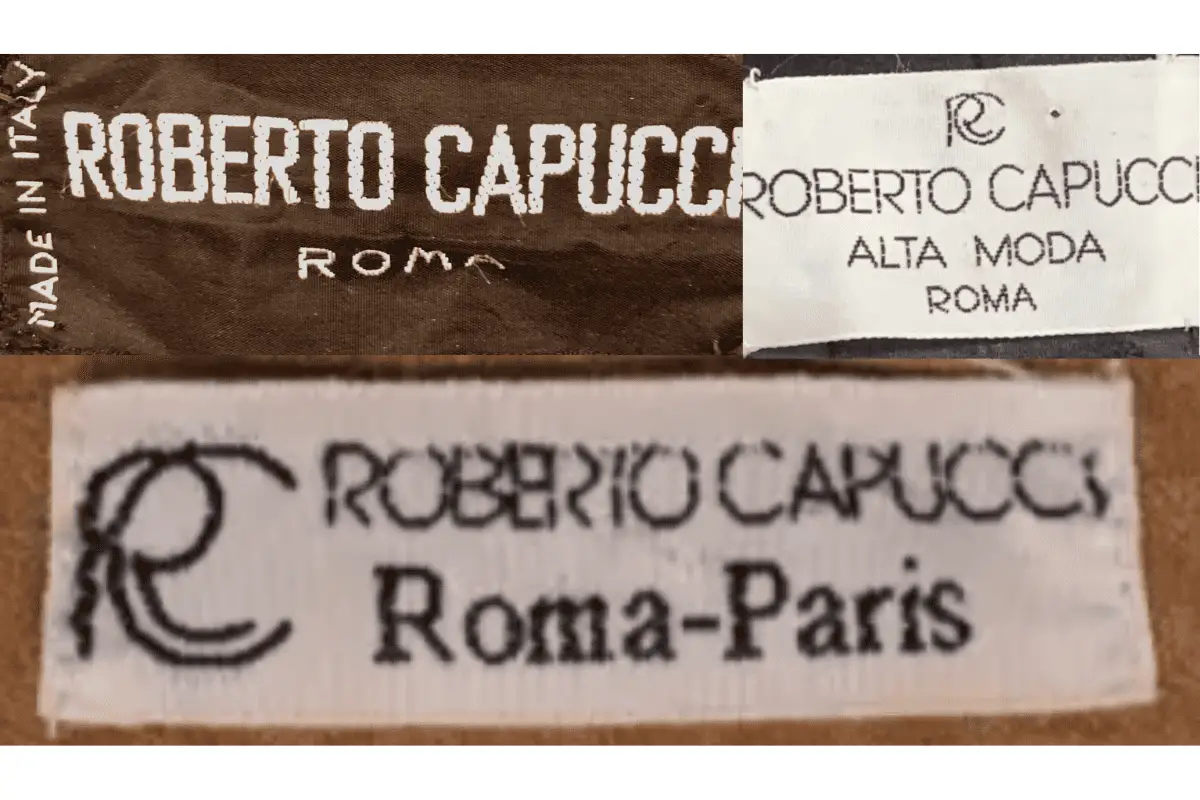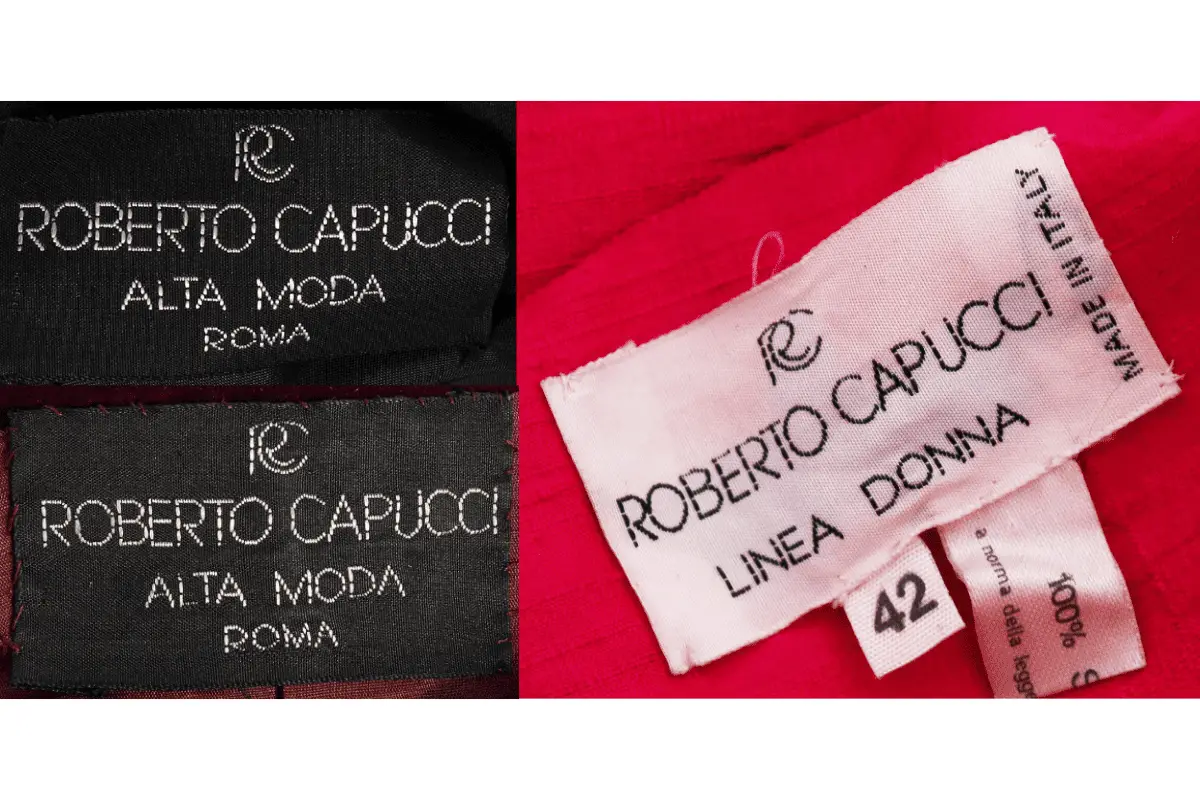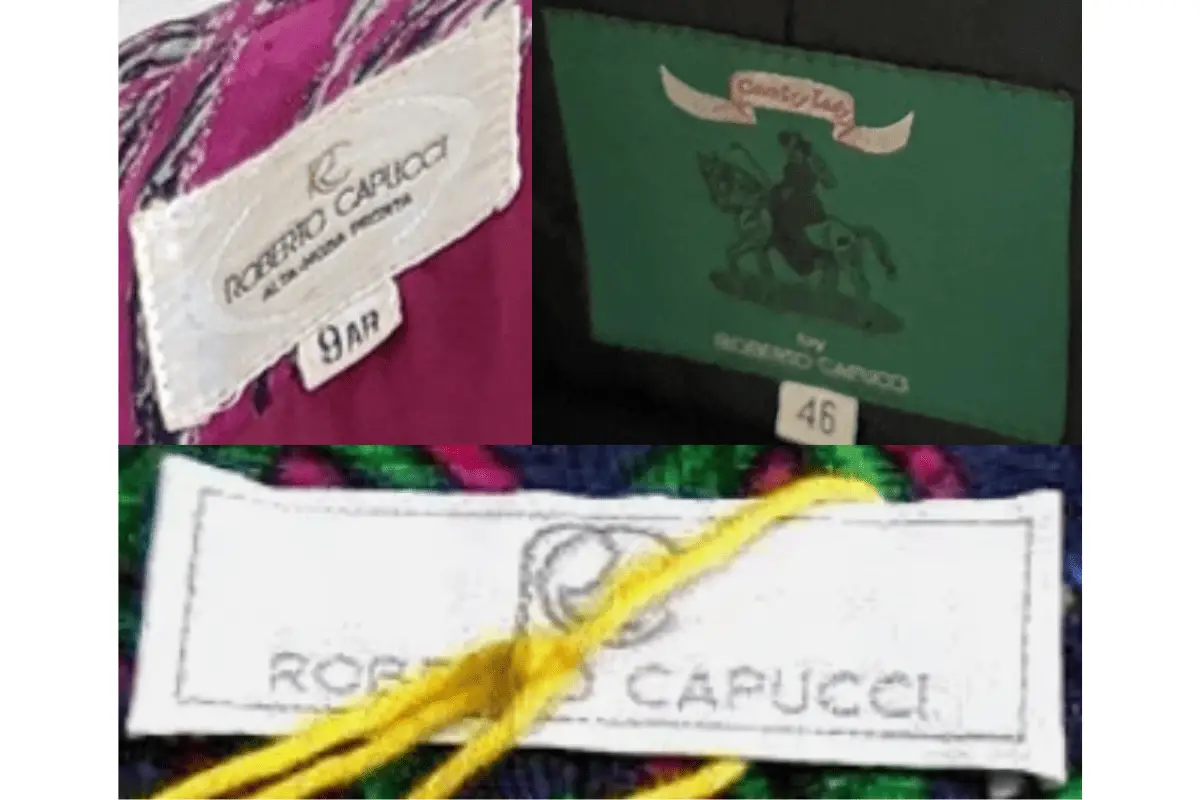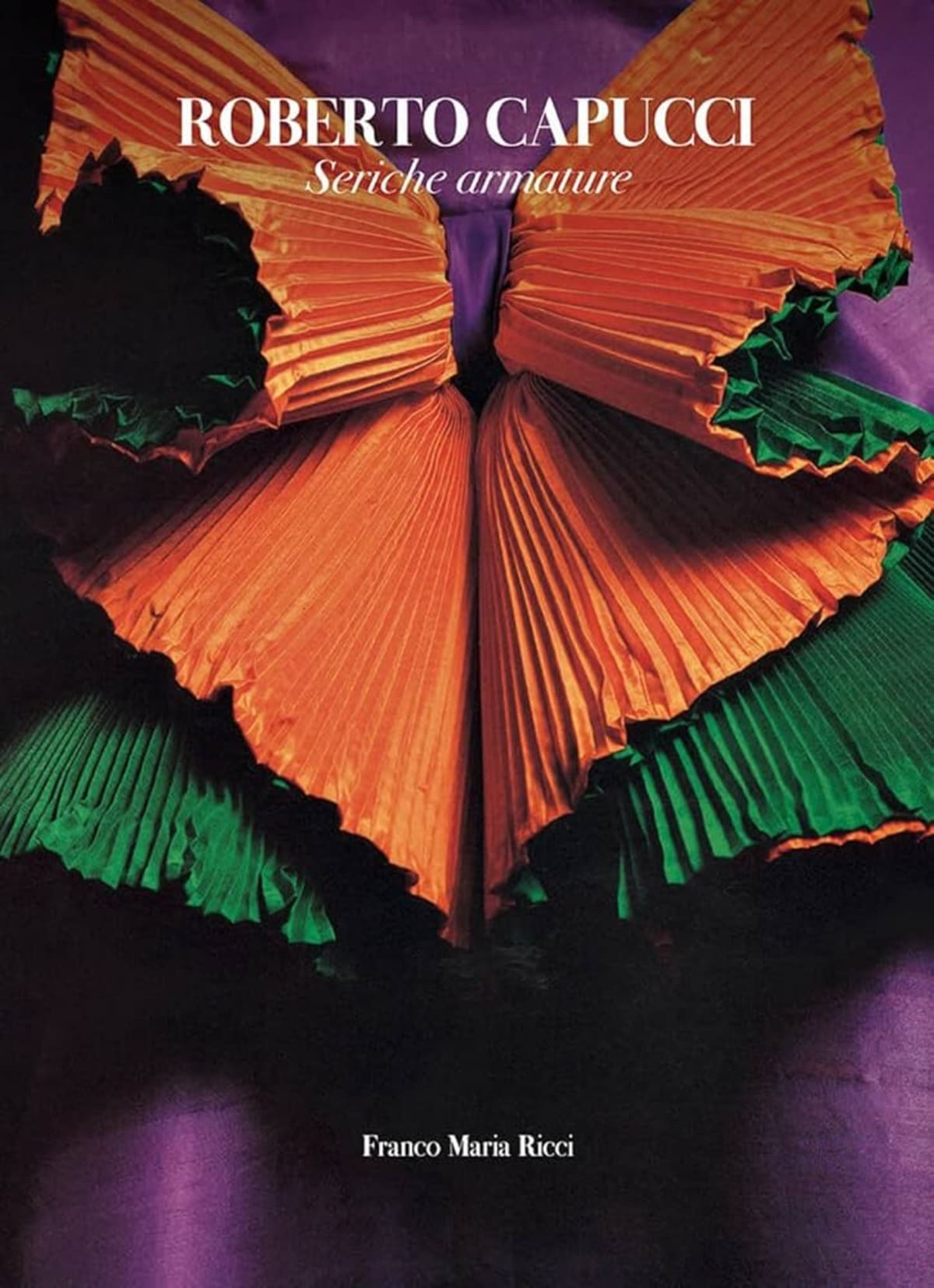Roberto Capucci is a name that resonates deeply within the realms of high fashion, synonymous with innovation, artistry, and the rich heritage of Italian design. Since the early days of his career, Capucci has been celebrated not only for his stunning creations but also for his profound influence on the evolution of fashion as an art form. His journey began at the Accademia di Belle Arti, where he studied under the tutelage of some of the most prominent artists of the time, honing his craft and developing a unique perspective that would later define his work. By the time he established his first atelier in 1950, Capucci was already poised to make a significant impact on the world of fashion, a promise he fulfilled with his debut at Giovanni Battista Giorgini’s influential Villa show in Florence the following year.
The 1950s and 60s were particularly formative for Capucci, a period during which he not only gained recognition in Italy but also made a name for himself internationally. His designs, characterized by their architectural structure and bold use of color, set him apart from his contemporaries and earned him the Boston Fashion Award in 1958 for his groundbreaking “Linea a Scatola” or “Box Line” silhouette. This era also saw him presenting collections in Paris, further establishing his reputation as an avant-garde designer unafraid to push the boundaries of conventional fashion. His return to Italy in 1968 marked a new chapter, as he continued to challenge norms, contributing to the costume design in Pier Paolo Pasolini’s film *Teorema* and experimenting with minimalist styling in his collections.
Capucci’s legacy extends well beyond his active years in fashion design. In the 1980s, he stepped away from the traditional fashion calendar, choosing instead to present his collections on his terms, a testament to his dedication to creativity over commercial pressures. His work has been celebrated in numerous exhibitions, including the highly acclaimed 1990 retrospective at Palazzo Strozzi in Florence, which cemented his status as a master of fashion as an art form. The establishment of the Fondazione Roberto Capucci in 2005 and the subsequent opening of the Roberto Capucci Foundation Museum in 2007 have ensured that his contributions to fashion are preserved and continue to inspire future generations. Capucci’s unwavering commitment to innovation and his role in shaping the “Made in Italy” movement make him an enduring figure in the history of fashion.
Iconic Roberto Capucci Designs
How to tell if Roberto Capucci is vintage from the logo
Roberto Capucci, an Italian fashion designer renowned for his innovative and artistic approach to fashion, has seen his brand evolve over the decades. The logo of Roberto Capucci, much like his designs, has gone through significant changes that can help in identifying the vintage nature of a particular piece. Below is a guide to identifying if a Roberto Capucci item is vintage based on the logo used during specific eras.
1960s to 1990s Roberto Capucci logo
- The logo during this period features a stylized and elegant “C” design that reflects the brand’s focus on high fashion and luxury.
- The typography is ornate and somewhat minimalist, emphasizing the artistic and avant-garde nature of Roberto Capucci’s designs.
- This logo is often associated with some of the most iconic and experimental periods of Capucci’s career, making items bearing this logo highly sought after by collectors.
- The use of negative space within the logo adds a modernist touch, aligning with the designer’s reputation for blending classical and contemporary elements.

1960s to 1990s Roberto Capucci logo
How to tell if Roberto Capucci is vintage from the tags
The Roberto Capucci brand, known for its innovative designs and luxurious materials, has seen an evolution in its garment tags over the decades. By examining the tags, one can often determine the era in which a piece was produced. Here’s a guide to identifying vintage Roberto Capucci garments based on the tags from the 1970s, 1980s, and 1990s.
Having difficulty identifying vintage tags or labels? Submit a picture on our vintage tag identification page, and we’ll assist you!
1970s vintage Roberto Capucci tags
- Tags from the 1970s often feature the full brand name “Roberto Capucci” in serif lettering.
- The font used is bold and distinctive, usually accompanied by the mention of “Alta Moda Roma” to highlight its Italian haute couture origins.
- Some tags include the signature “C” emblem, which later became synonymous with the brand.

1970s Roberto Capucci tags
1980s vintage Roberto Capucci tags
- In the 1980s, the tags became more standardized, featuring the “RC” logo prominently alongside the brand name “Roberto Capucci”.
- These tags often included phrases like “Linea Donna” to indicate the women’s line, along with sizing information.
- The font remained bold, with some tags continuing to reference “Alta Moda Roma,” underscoring the brand’s luxury roots.

1980s Roberto Capucci tags
1990s vintage Roberto Capucci tags
- Tags from the 1990s retained the “RC” logo but introduced a cleaner and more modern design.
- The emphasis on “Alta Moda Roma” continued, though the tags began to incorporate more international elements, reflecting the brand’s global expansion.
- The font became more streamlined, and tags often included additional details such as “Made in Italy” to emphasize quality.

1990s Roberto Capucci tags



